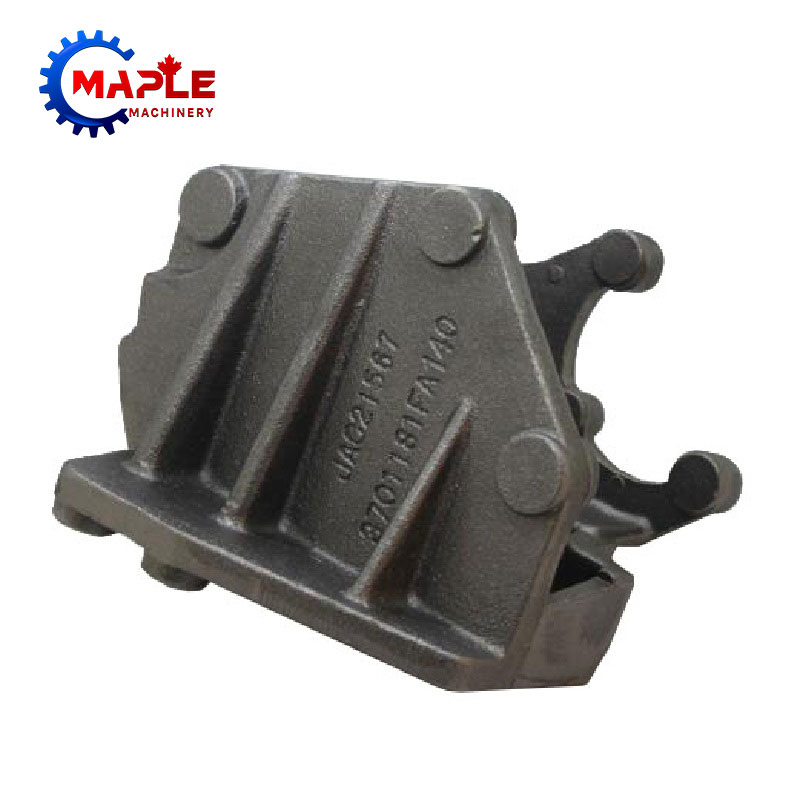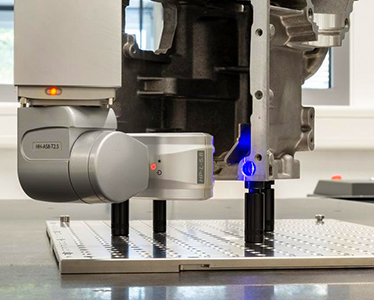Introduction to the production and application process of steel castings
2022-03-29
The first step in the production of steel castings is the smelting of cast steel, which must be smelted by electric furnaces. There are two common types of electric arc furnaces and induction furnaces. If it is classified according to the lining material and the slag system used, it can be divided into two types: acid furnace and alkaline furnace. Different types of steel materials are suitable for smelting in different furnaces. For example, carbon steel can be used in any furnace, while high-alloy steel can only be smelted in alkaline furnaces.
The second is the casting process. The melting point of cast steel is very high and has poor fluidity. After melting, the molten steel is prone to oxidation and inhalation. Therefore, cast steel will encounter many defects during casting. In order to prevent the occurrence of defects, corresponding measures must be taken when casting cast steel.
If molding sand is used in the production of steel castings, it needs to have high refractoriness and sand resistance. The original sand is usually large and uniform silica sand. In order to prevent the sand from sticking, users need to cast Apply some more refractory paint on the cavity surface. If you want to improve the strength of steel castings, various additives need to be added to the molding sand.
























































